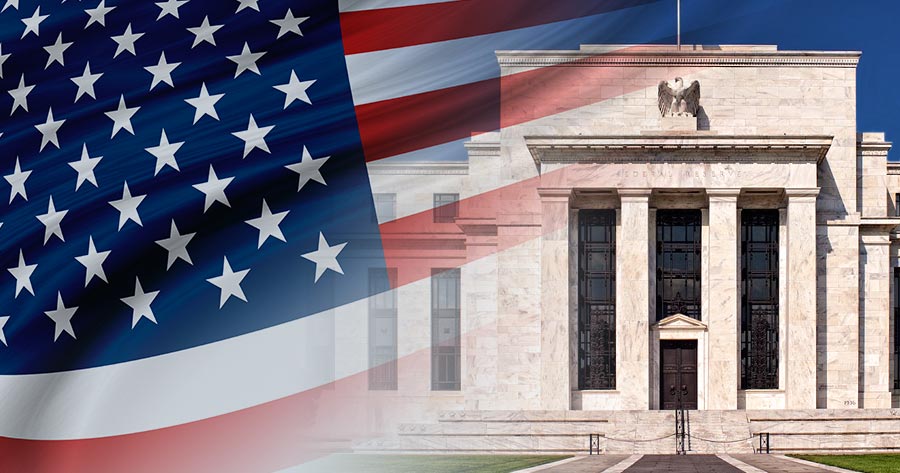The minutes released on Wednesday showed that the Federal Reserve officials were divided in the September meeting on cutting interest rates, uncertain about the level of aggression required.
The central bank ultimately settled on a 0.5 percentage point reduction to strike a balance between confidence in inflation and concerns about the labor market.
The minutes released outlined the rationales behind the decision for a significant 50 basis points cut, the first of its kind in over four years, revealing a split among members regarding the economic forecast.
While some officials advocated for a smaller 0.25 percentage point decrease, aiming to ensure a sustainable decline in inflation and displaying less apprehension about employment trends, the majority favored the half-point adjustment.
Governor Michelle Bowman was the sole Federal Open Market Committee member to oppose the larger cut, expressing a preference for a quarter-point reduction. This marked the first instance of a governor dissenting on an interest rate vote since 2005, highlighting a departure from the Fed’s usual unity on monetary policy.
The minutes indicated that while some participants advocated for the 0.25 percentage point decrease to align with a gradual approach to policy normalization and provide ample time to gauge the level of policy restrictiveness in tandem with economic developments, a significant majority supported the more substantial cut. The lack of specific details on the number of opponents to the larger move, as denoted by the term “participants,” suggested broader involvement to the decision beyond the 12 voting members.
Additionally, the minutes revealed that a few members had endorsed a reduction at the July meeting, which did not come to fruition. While the discussion extensively covered the arguments for the 0.25 percentage point cut, less information was provided on the rationale behind backing the 0.5 percentage point adjustment.





